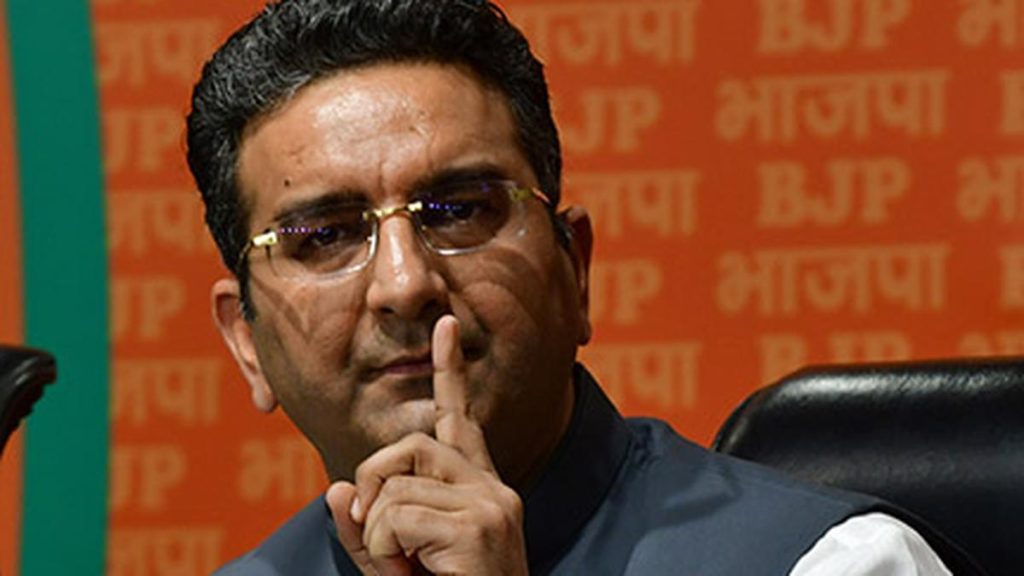Now Reading: Why Humanities Matter for Engineers Today
-
01
Why Humanities Matter for Engineers Today
Why Humanities Matter for Engineers Today

swift Summary
- A historian engineer is researching the history of women in electrical engineering, uncovering notable contributions by over 200 women.
- Research relies heavily on unpublished ancient papers from institutions such as the American Institute of Electrical Engineers housed at the Linda Hall Library.
- NEH fellowships supporting research were recently terminated early amidst broader research funding cuts by multiple U.S. agencies, including NSF and NIH.
- Content highlights a historical connection between engineering and humanities, with engineers historically promoting humanities education for fostering ethical and social awareness alongside technical proficiency.
- Educational figures like Charles Proteus Steinmetz and William Wickenden advocated incorporating significant humanities components into engineering curricula to create balanced professionals who can address societal implications of technological advancements.
- Insights from past engineers emphasize moral obligation, sociological awareness, professional integrity, and intellectual growth through exposure to the humanities.
Indian Opinion Analysis
The report underscores an vital consideration for India’s rapidly growing engineering sector: bridging technical expertise with ethical decision-making through inclusive education models. Historically in India, STEM fields dominate higher education priorities due to their perceived economic value; though, this approach may neglect crucial aspects like social implications or moral consequences tied to technology-driven solutions. India’s policymakers could take inspiration from historical insights shared in this article-engineering programs enriched with courses in ideology or sociology could better prepare graduates to confront challenges related to sustainability or ethics.The recurring theme that societal progress hinges on both technical excellence and humanistic understanding is especially pertinent as India navigates its own technological advances within a complex socio-cultural landscape.

























